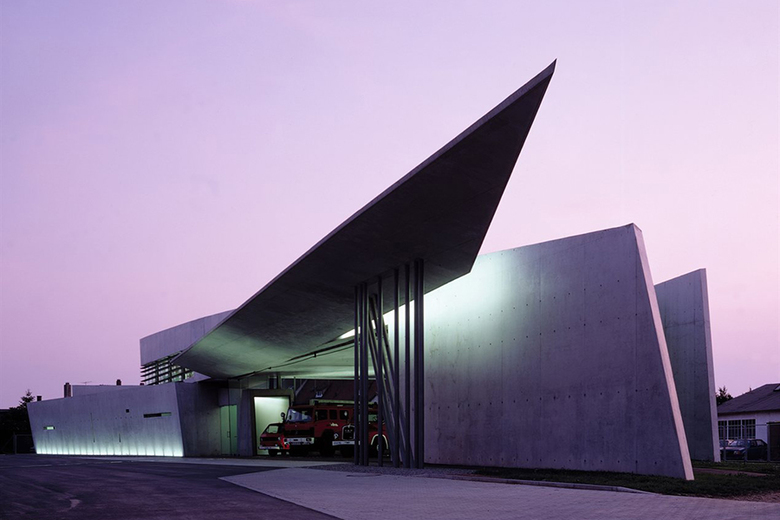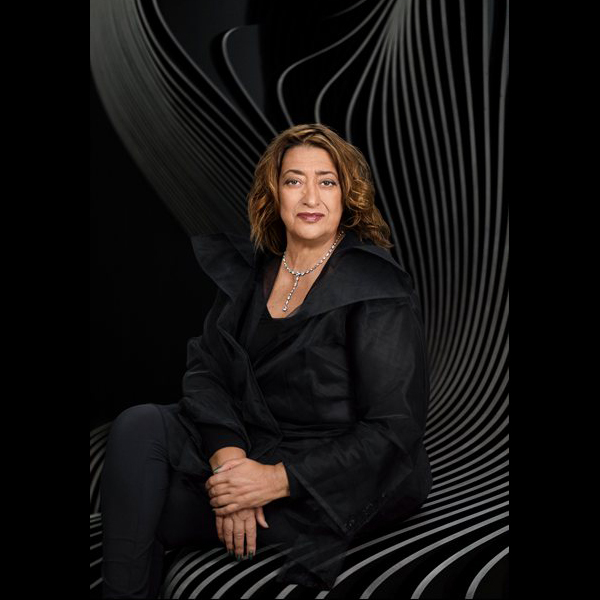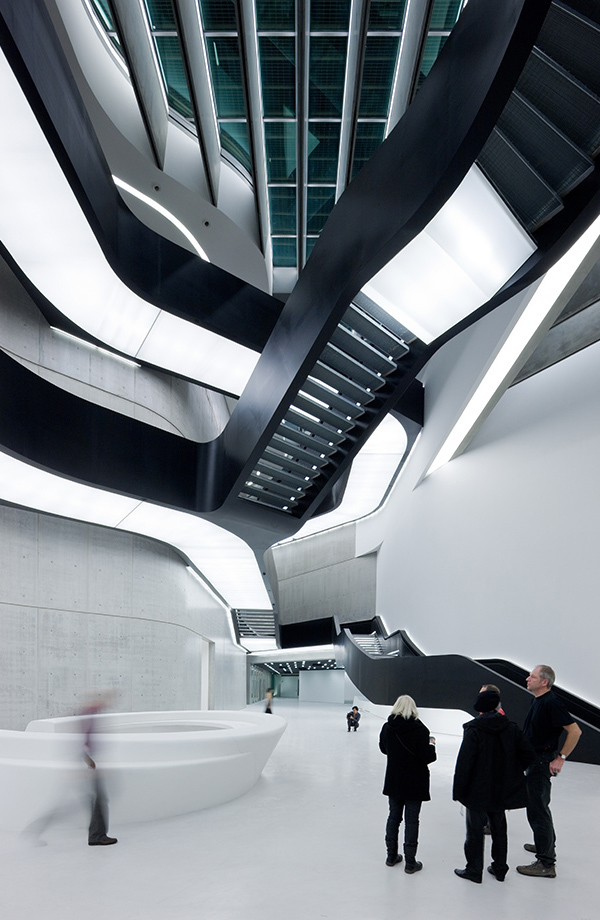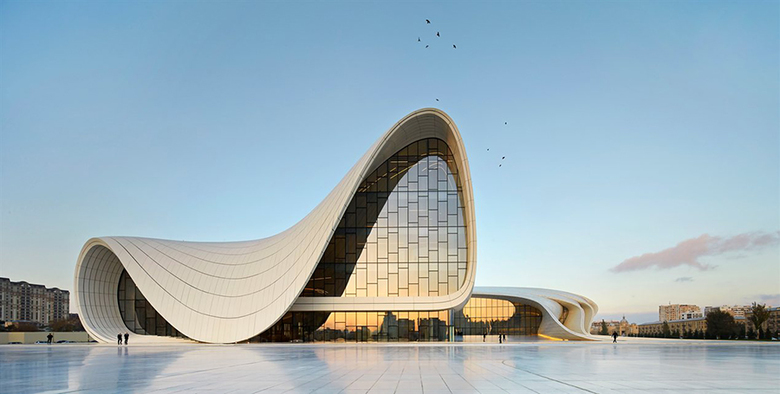Zaha Hadid Wins Royal Gold Medal
The Royal Institute of British Architects (RIBA) has announced that Dame Zaha Hadid will be the recipient of the 2016 Royal Gold Medal, what RIBA calls "the world’s most prestigious architecture award."
The good news for Hadid comes as much of the world is focused still on her firm being dropped from the New National Stadium Tokyo, which they won a competition for in 2012. Even last year's controversy over the firm's stadium in Qatar bubbled up again, as Hadid walked out on a radio interview with BBC Radio 4’s Today program today, the architect frustrated with the interviewer's obvious lack of the facts. In this context, the 2016 Royal Gold Medal points to a positive spin on her work among the various controversies swirling around her.
Whatever one thinks about the costs of the flowing buildings designed by Zaha Hadid Architects (ZHA), or her statements about the responsibility of architects in the facing of labor rights, the power of her buildings is undeniable. Since her first completed building, the Vitra Fire Station in Germany (1993), her firm's commissions have taken on more fluid directions, thanks in part to her partner Patrik Schumacher, who is mentioned briefly in RIBA's announcement in regards to "the interface between architecture, landscape, and geology, ... the use of cutting-edge technologies [and] often unexpected and dynamic architectural forms." More recent highlights from ZHA's portfolio of completed buildings include MAXXI in Rome (2009) and the Heydar Aliyev Center in Baku (2013).
Like the Pritzker Architecture Prize that she won in 2004, Zaha Hadid is the first woman to win the Royal Gold Medal "in her own right" (Sheila O'Donnell won the award last year with partner John Tuomey, among other women working in collaborations). This fact takes on more weight when considering that the Pritzker has been around since only 1979, but RIBA's annual award dates back to 1848.
On announcement of her award, Hadid said in a statement from RIBA:
I am very proud to be awarded the Royal Gold Medal, in particular, to be the first woman to receive the honour in her own right. I would like to thank Peter Cook, Louisa Hutton and David Chipperfield for the nomination and Jane Duncan and the Honours Committee for their support. We now see more established female architects all the time. That doesn’t mean it’s easy. Sometimes the challenges are immense. There has been tremendous change over recent years and we will continue this progress. This recognition is an honour for me and my practice, but equally, for all our clients. It is always exciting to collaborate with those who have great civic pride and vision. Part of architecture’s job is to make people feel good in the spaces where we live, go to school or where we work - so we must be committed to raising standards. Housing, schools and other vital public buildings have always been based on the concept of minimal existence – that shouldn’t be the case today. Architects now have the skills and tools to address these critical issues
Related articles
-
-
-
Isabel Zumtobel: 'We Believe in the Power of Design to Change the Future for the Better'
World-Architects Editors | 18.11.2025 -
-



